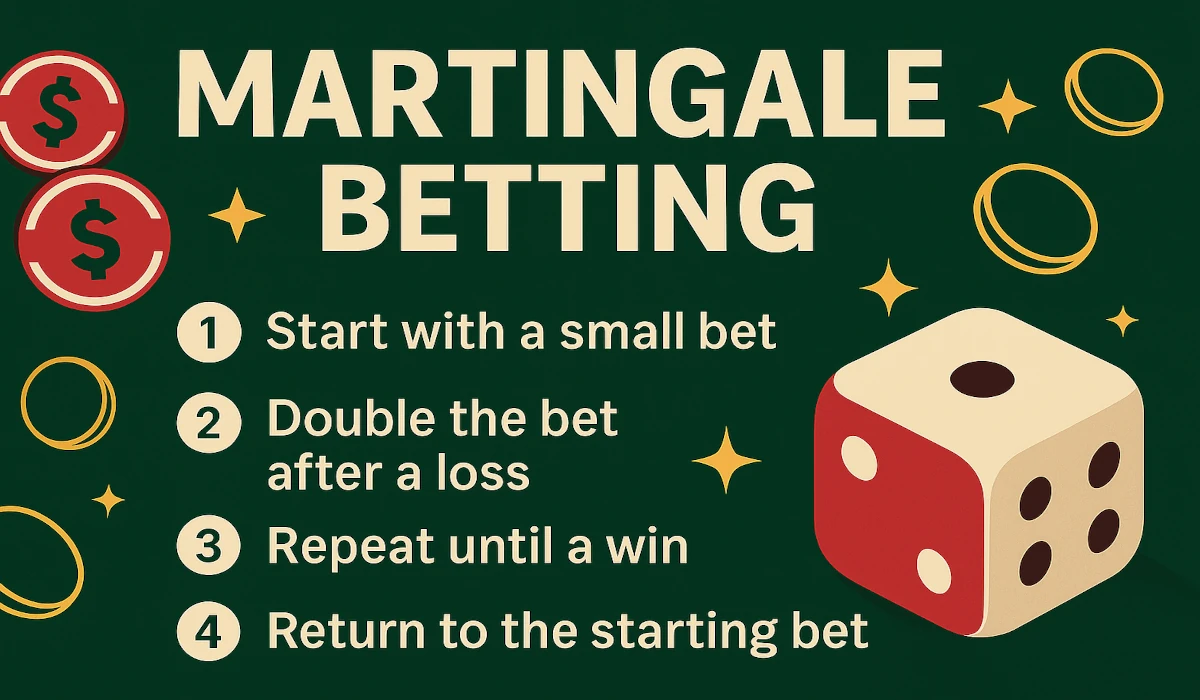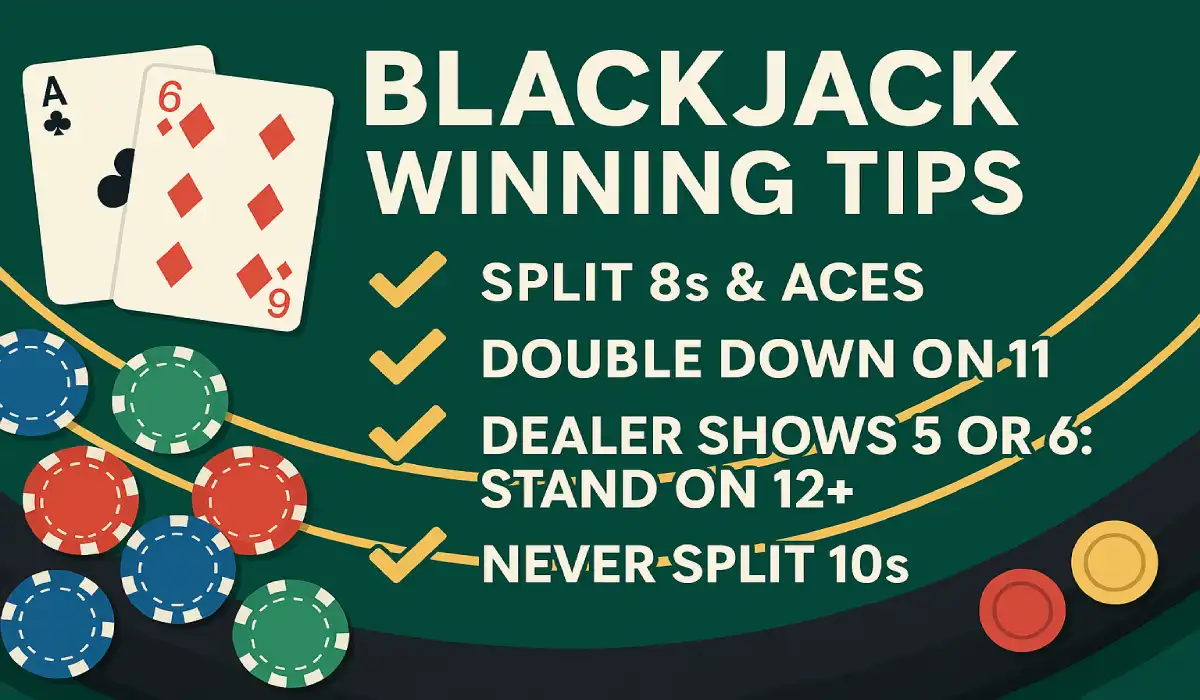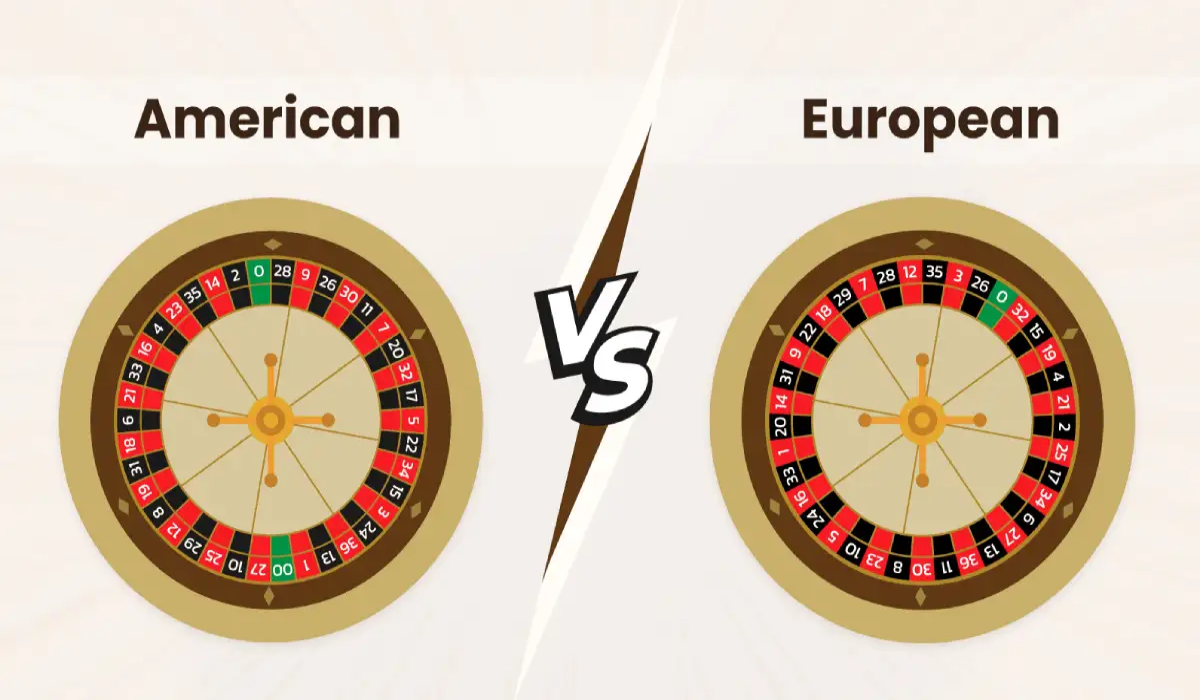
17 Apr 2025
How Many Numbers on a Roulette Wheel? American vs European
🗝️ Key Takeaways
- The total amount of pockets on a roulette wheel depends on the type. European wheels have 37 numbers, while American wheels have 38 with the inclusion of a double zero.
- This is why it is so important to understand the differences in wheel types. European wheels have only a single zero, significantly reducing the house edge. American wheels add a double zero to all that, raising the house edge even more.
- In conclusion, back to our original question—why is the layout, sequence of numbers on roulette wheel not random? By understanding how many numbers are on a roulette wheel, you can maximize your betting potential.
- Zeroes are extremely important in roulette. They raise the house advantage, alter odds-against payouts, and change strategies that players should take in American roulette in particular.
- Yet historical and cultural factors have played an outsize role in the design and numbering of roulette wheels. That depth of play is what makes Roulette so exciting to players across the globe.
- Responsible gaming is always extremely important. Knowing what all the numbers and odds mean helps strengthen your game plan. Maintaining this equilibrium ensures a more thrilling and long-lasting gambling journey.
American roulette has 38 numbers on a typical roulette wheel, and the version played in Europe has 37 numbers. The American wheel has an additional double-zero (00) pocket. This is on top of the regular single zero (0) pocket.
These numbers are equally divided between red and black pockets, with the exceptions of the zeros, which are green. This design not only affects the house edge, but how players approach gameplay strategy, making the American version a bit more difficult for players to win on.
Knowing the layout and number distribution is key for any player entering the game. It drastically changes your betting strategy and odds.
In this tutorial, you will look at how the roulette wheel works. Prepare to be equipped with all the knowledge you need to master your next spin!
🎡 Arrangement of Numbers on the Wheel
You might think that the layout of numbers on a roulette wheel is random, but it adheres to an overt design intended to produce equilibrium and randomness. Watch out for the American or European flavor. The layout alternates black and red to create an even distribution and mixes high and low numbers, odd and even values, and creates a perfectly proportionate arrangement. This delicate balance makes the roulette game appealing, as it reduces predictability and makes every outcome completely random.
An American roulette wheel has 38 numbered pockets, including many roulette wheel numbers from 1 to 36, a single zero (0), and a double zero (00). The order of these numbers is intentionally positioned to further shuffle matching pairs and prevent grouping like numbers together. For instance, odd and even numbers switch back and forth in pairs as much as possible, and red and black pockets appear in equal numbers. This is true even after watching for an hour, making it virtually impossible to predict the next result, even with close observation. American roulette has one significant difference in that it features the double zero. This addition increases the house edge a little bit from European roulette.
A European roulette wheel has 37 pockets—numbers 1 through 36 and a single zero (0). The lack of the double zero lowers the house edge considerably, creating a much more player-friendly setting. Even with this discordance, the numbering system contains a calculated design. Numbers are arranged to alternate high and low values around the wheel, ensuring that no section is dominated by a specific range. For example, you’ll see that 5 and 10 or 23 and 24 are a distance apart, not allowing numbers to be in the same consecutive order.
No visual aspect is sacrificed regardless of which version is used, with red and black pockets distributed so they remain visually balanced. For instance, 1 (red) goes to 2 (black), and this pattern continues in an alternating color pattern down the entire board. The zero or double zero is always green, giving us a neutral color to the rainbow. This design provides roulette players with a consistent game flow experience regardless of which version they’re playing.
🎲 How Many Numbers Define Roulette?
Until now, roulette wheels have been defined by the random number of roulette wheel numbers in their numbered pockets—as if each one created an unstructured game. Understanding the variations in number counts among European, American, and French roulette wheel variants is essential to grasping how each version impacts gameplay.
1. European Wheel: The Single Zero Standard
The common European roulette wheel only has 37 numbers total from 1-36 with a single green pocket for 0. This configuration decreases the house edge to 2.7%, an attractive statistic for players, making it their preferred option.
As a result, the single zero makes every betting option more favorable with increased odds compared to other versions of the game. For example, a bet on a single number has a 1⁄37 probability of winning but the payout is still the same.
The wheel’s layout—red and black numbers alternating—deepens the aesthetic effect and contributes to fairness.
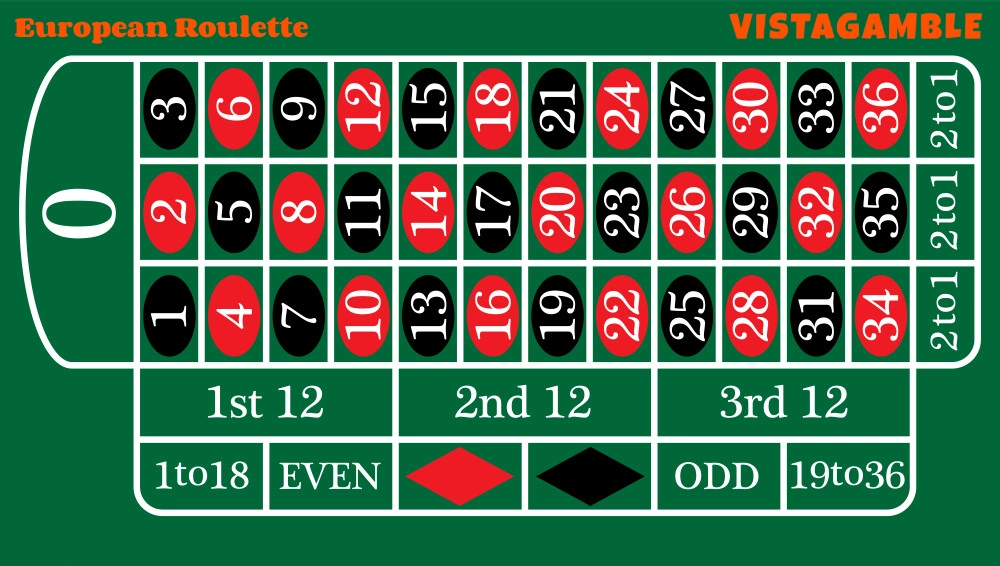
2. American Wheel: Adding The Double Zero
The American roulette wheel includes 38 pockets: numbers from 1 to 36, a single and a double zero. This seemingly small addition increases the house edge to 5.26%, drastically influencing the odds for the player.
A single number bet wins 1⁄38 of the amount wagered but loses 37⁄38 of the amount wagered, lowering expected returns. To make things even more complicated, the double zero adds new betting options like the five-number bet, adding even more variety to the game.
The layout is the same but the adjustment of zeroes side by side changes the visual balance of the wheel.
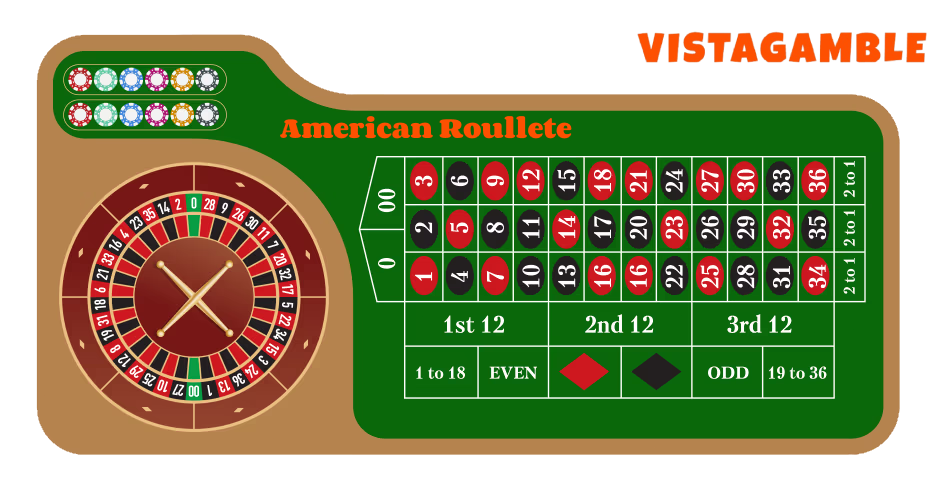
3. French Roulette: Unique Layout Nuances
French roulette has the same 37 numbers as the European wheel. It features exclusive rules like “La Partage” and “En Prison” that minimize losses on even-money wagers.
These regulations, along with special bet types such as “Voisins du Zéro,” increase a strategic advantage for educated gamblers. The table layout reinforces grouped betting, creating a more complex and strategic gameplay.
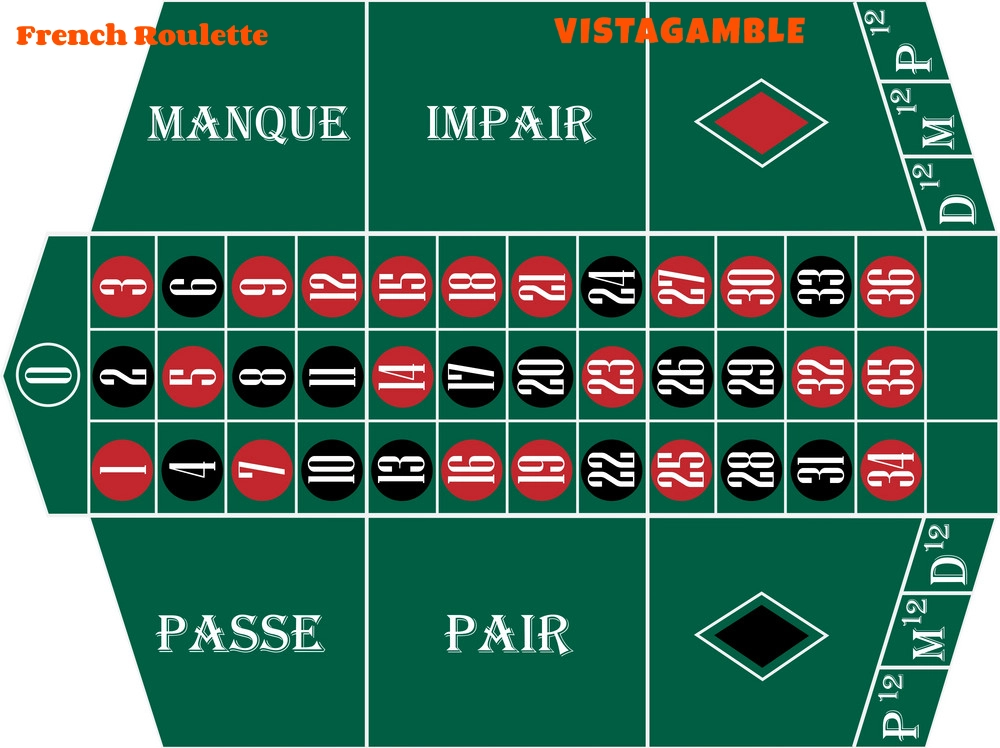
🌀 Roulette Wheel Variations Explored
Roulette wheels come in several distinct variations, such as the French roulette wheel and the European roulette table, each offering unique attributes that cater to diverse player preferences and roulette strategies. Recognizing these differences is key for roulette players aiming to maximize their experience and winnings.
| Feature | American Wheel | European Wheel |
| Number of Pockets | 38 (0, 00, 1-36) | 37 (0, 1-36) |
| House Edge | ~5.26% | ~2.7% |
| Zero Pockets | 0 and 00 | Single 0 |
| Layout Design | Wheel at one end | Wheel in the center |
The main difference is in the house advantage, with the American wheel’s double-zero pocket meaning that the casino has a much higher edge. For more strategic players, the European wheel provides superior odds with a reduced house edge.
It’s not surprising that casual players in the U.S. Usually end up playing on the American wheel, since that’s the most commonly found version. European tables lure players looking for bigger possible payouts.
🎯 Impact of Zeroes on House Edge
The influence of zero pockets is enormous on the house edge. The inclusion of the double-zero increases the house edge to 5.26% on the American wheel, as opposed to the 2.7% on the European wheel.
This variation has a direct effect on payouts and risk since the presence of more zeroes reduces the likelihood of success with even-money bets. Players tend to change their strategies, such as betting on outside bets, to counteract these impacts.
🗺️ Visual Differences in Layout Design
European wheels are more aesthetically balanced with single-zero pockets or more symmetrical layouts. American wheels, with their extra double-zero, affect betting behavior by increasing complexity and chaos.
French roulette tables, which are hard to find except in Monte Carlo, feature an attractive central wheel with betting layouts on either side.
📊 How Variations Affect Player Odds
Other types of wheels significantly increase the odds against you. European wheels have statistically more significant benefits, while the American variant has statistically greater dangers.
Players can make a difference by matching strategies to wheel types, like only placing inside bets on European layouts.
📖 The Story Behind Roulette Numbers
Roulette’s interesting past has led the game to where it is today. The classic numbering scheme of the roulette wheel numbers has changed over the years, revealing the heart and soul of roulette’s mystery. This deliberate design is a result of many cultural influences as well as technological innovations, showcasing various roulette wheel variants that add to the rich history and enigma of the game.
🏛️ Origins of the Wheel Design
The modern-day roulette wheel was developed in 17th-century France. Blaise Pascal inadvertently laid the groundwork for it while looking for a perpetual motion machine. That early design would go on to influence the casino gambling device we know and love in contemporary times.
By the end of the 18th century, an analogous game known as “EO” (Even/Odd) became the rage in England. It had wheels that looked like today’s roulette. By the 1790s, single and double zero pockets were introduced in Paris, France. They were numbered in red and black, an odd pattern of dual color that continues to impact modern wheels. These pockets guided how the ball would settle, contributing to what eventually evolved into the modern style roulette game.
In the 1800s, powerful figures including the Blanc family revolutionized the game. They didn’t invent it, but they did take it to Monte Carlo, and with that, they made it a touchstone of luxurious gambling.
🌍 Cultural Influences on Numbering
Roulette’s numbering system is not only practical. It embodies cultural superstitions as well. Across the world, distinct cultures have assigned hugely differing values to numbers, alternately informing and distorting perceptions of gameplay.
Numbers such as seven are considered lucky in Western culture while other numbers have associations that vary around the world. These ideas extend into the strategies players will employ and the emotional ties they cultivate with the game, leading to cultural richness that furthers the experience. Many of these strategies become a part of a larger roulette betting system, shaped by culture and belief.
📜 Evolution From Early Prototypes
From basic wooden constructions, roulette wheels have developed into precision-engineered gambling devices. Those early prototypes didn’t have the evocative balance and randomization of today’s versions.
Technological advancements, such as computer-aided designs, have improved fairness and reliability. Even online casinos, which first gained popularity in 1996, have adapted to this evolution, making roulette available across the globe at everyone’s fingertips. With every virtual spin, players experience the same anticipation as they watch the ball bounce across the pockets.
🔢 Why Number Arrangement Is Crucial
The layout of numbers on a roulette wheel is not just for show. It’s an incredibly underrated game changer for the flow of the game. The wheel’s numbers are arranged in an absurd order to increase randomness.
This design is in contrast to the standard three column numerical layout used on wagering boards. This element of unpredictability makes it impossible for players to abuse clear patterns. It makes the game more level and strategic by forcing players to think harder about how they are going to play.
🧠 The Logic Behind Number Sequencing
The logic behind the arrangement of numbers on the wheel can be explained as follows. For example, using alternating high and low numbers avoids bunches of the same value, which can create the illusion that results are uniformly distributed.
This arrangement affects player strategies, particularly ones based on betting patterns or next to each other numbers. Identifying patterns, such as the distinction between odd and even numbers, allows seasoned players to hone their strategy. These refined strategies often aim to optimize payout odds based on calculated risk.
By knowing how this order works, players will have the ability to play smarter by weighing cost versus benefit more effectively.
🎨 Color Alternation Pattern Purpose
The alternating red / black pockets pattern is another important factor that characterizes roulette. This pattern creates visual hierarchy and balance, promoting clarity while helping players quickly find the outcome of their roll.
Cognitively, emotionally, and psychologically, the contrasting colors trigger players’ instincts, making them more susceptible to certain betting patterns. Single color streaks often encourage players to place bets on the other color (the opposite side).
Such a behavior causes them to double down on their faith in randomness.
🧩 Significance of Adjacent Numbers
Adjacent numbers on the roulette wheel variant hold strategic importance, especially in betting techniques like neighbor’s bets or split bets. Recognizing proximity can improve odds, as these outside betting options cover a broader range of potential outcomes, enhancing decision-making.
🔍 Number Knowledge and Player Strategy
Knowing the smart roulette betting numbers on a wheel is key to the best strategy. The American wheel has 38 pockets—numbers 1-36, a single zero, and a double zero. Each of these numbers shapes the strategies players are forced to cultivate.
Knowing this structure enables you to create a plan and make strategic decisions. From here, you can either place inside bets, such as betting on a specific number, or outside bets, which include even-money bets like red or black. Knowledge of number distribution, such as six red numbers in the second dozen, can further refine your approach when targeting specific sections of the wheel.
🔗 Connecting Layout to Betting Choices
The layout of the wheel has a direct impact on betting strategies. Numbers aren’t chosen in order but rather to alternate odds, making players actively use reasoning skills and prevent lapses in pattern recognition.
The alternating red and black pockets immediately draw attention to the even-money bets. This arrangement leads to approaches such as the Martingale system that involves doubling down a wager following a loss. Understanding how numbers are grouped, including bunches of high numbers or a bunch of low numbers will help inform your picks.
This knowledge increases your confidence and accuracy in making decisions.
💡 Understanding Probabilities and Numbers
Second, having a sense of probabilities should be key. Obviously, each number on the wheel has a 1 in 38 chance of being hit. Understanding this knowledge allows you to determine safe and realistic betting decisions.
Winners like Richard Jarecki and Billy Walters referred to statistical knowledge to guide them to those significant victories. Their experiences go to show that probability-informed strategies are an excellent recipe for success. In roulette, the house edge never changes, illustrating the need to offset odds with player strategy.
⚖️ Using Number Insights Responsibly
Number knowledge can add depth to gameplay. Responsible gambling should always come first. An over-reliance on patterns or myths can cloud our judgment.
Instead, the knowledge of number and experience of moderation are the keys to enjoying life without taking dangerous chances.
❌ Avoiding Common Number-Based Myths
Myth-based assumptions, such as believing that previous spins influence the next in a roulette game, often mislead players. Applying critical thinking and debunking myths sharpens roulette strategies and protects against flawed logic in betting systems.
⚙️ Wheel Construction and Number Integrity
The construction of a roulette wheel is a meticulous process designed to ensure fairness and maintain player trust. Each wheel has to pass very high test standards of accuracy and dependability, since even the slightest flaw could affect the overall fairness of the game.
Picture this example, an American roulette wheel, which has 38 pockets since we add a single zero and a double zero. In comparison, European wheels have only 37 pockets. These differences are directly relevant to the house edge. European wheels have a 2.7% house advantage because they have only one zero, while American wheels have an increased house advantage from the inclusion of the double zero.
🛡️ How Manufacturers Ensure Fairness
Even the wheel construction and number integrity manufacturers follow rigid codes to ensure impartiality on roulette wheels. Pocket regulations necessitate standard sizes, regulated spacing, and proper number alignment.
Most importantly, transparency in production is key, and numerous brands are leading the charge by being transparent with consumers about their production processes. Fairness in turn is crucial to player confidence, since foreseeable results or an unfair wheel will dissuade people from playing.
Looking back at these practices provides insight into the evolution of game balance. For example, the red and black color coding of zeros in 1790s Paris is the obvious one.
🛠️ Physical Wheel Factors Examined
The wheel’s physical construction has a significant influence on randomness. Non-bias construction, high-quality materials, smooth finishes, and precise engineering discourage bias.
Consistent care between runs allows very consistent action, but ball dynamics, caused by factors like pocket depth or wheel calibration, add some randomness.
💎 Quality Control for Number Placement
360 degree quality assurance tests for both number placement accuracy and wheel balance. Second, know that precision in construction builds trust among players, who must trust the integrity of the wheel to ensure a fair outcome.
Rigorous testing ensures that each turn is a true game of chance.
🎲 Randomness vs. Predictability Debate
Randomness is the heart of the roulette game, and understanding randomness is key to a smart roulette strategy and your overall experience. Predictable patterns can change behavior, which is why it’s crucial that roulette wheel numbers maintain number integrity.
🎩 Debunking Roulette Number Myths
Roulette is a popular casino game that has been marred by myths and misconceptions for ages, often dictating how players approach the roulette game. These myths can cause players to drastically misunderstand how roulette works, including the many roulette wheel numbers and the probabilities that come into play. By countering these concepts with logical, data-driven perspectives, players are empowered to make smarter decisions and revel in the excitement of the game with complete transparency.
😈 The Infamous "666" Connection
One of the most enduring myths involves roulette and the number 666. This number is famously known as the “number of the beast.” Summing all the values on a roulette wheel, 1 to 36, equals 666.
Use this fun fact to illustrate the real reason behind most betting systems. Although this statement is mathematically correct, it has absolutely zero relevance to actually winning the game. Cultural beliefs and superstitions only serve to exacerbate this myth, causing players to place unnecessary importance on a mere numerical coincidence.
Critical thinking goes a long way in distinguishing these myths from real gameplay mechanics, re-emphasizing the role of randomness that gaming junkie roulette outcomes have.
🔥 Misconceptions About "Hot" Numbers
The concept of “hot” numbers—those you think will come up more often—is another frequent roulette myth. The randomness of both online and live roulette means that no number will be preferential.
Online roulette employs RNGs (random-number generators), while live roulette is based on mechanical randomness, so all results are self-evidently independent. Nonetheless, most players find themselves regularly slipping into the habit of wagering big on what they think are “hot” numbers.
This behavior often leads to skewed betting patterns. Knowing how randomness and statistical independence works is essential to avoiding these kinds of pitfalls.
🍀 Are Some Numbers Luckier?
The myth of choosing the winning number is perhaps the biggest factor impacting wagering decisions. There’s a common misconception that the odds on all numbers in roulette are the same.
In European roulette, the chances of winning with any single number are 1 in 37. Superstition may blind you with bias, but statistical logic shows that no number is really better than any other.
By prioritizing evidence-based knowledge, players can better play the game with a rational mindset, improving the experience they derive from the game.
🌟 A Personal View on Number Significance
The numbers on a roulette wheel are more than just numbers. They represent our subjective constructions that influence how we play the game.
Lucky 7sJust like 13, the number 7 is considered lucky, but in roulette it’s generally better to avoid the 7. Conversely, 13 — the number usually considered unlucky — goes against superstition by serving as the lucky number. These personal connections create deep emotional ties to the game and frequently make or break betting choices.
💡 Focusing On Odds Over Superstition
Though personal ideology may bring finesse and flair to roulette, placing faith in probability and mathematical theory will bring greater rewards. Realizing that the house edge on each individual bet is 7.69% puts the importance of playing rationally into perspective.
People who play numbers based on the odds instead of looking for “hot” or “cold” numbers tend to choose better. Many players have lost significant amounts of money trying strategies such as the Martingale system. They’re right in doubling their bets after losses, but they soon run out of room with those strategies.
A reasonable approach boosts public confidence and helps take decision-making out of the realm of fluke outcomes.
📐 Appreciating The Mathematical Design
From a mathematical precision standpoint, roulette’s design is a wondrous, diabolical work of genius. Its red and black alternating numbers, along with the zeroes, keep the probabilities evened out and the whole game fair. Understanding this interconnectedness only adds to the game’s mystique.
Research into roulette accidents conducted for a European regulatory authority has highlighted how important this design can be. Understanding the architecture fosters greater appreciation for the game and enhances player enjoyment.
🎯 How Understanding Enhances Enjoyment
Aside from potentially losing money on roulette, knowledge changes a guessing game into a fun intellectual exercise. Informed play promotes responsible gambling, in which individuals find value in the experience itself without seeking recoupment of lost funds.
By fully understanding the odds, how to play smart, and how the game is crafted, players develop a greater respect and therefore have more rewarding experiences.
🔒 Conclusion
Roulette numbers are worth more than a place on the wheel. They define approaches, create anticipation, and bring complexity to each turn of the wheel. Each individual number has more strategic roles. The equal distribution of reds and blacks, paired with the intentional layout, adds to the excitement and unpredictability of the game. Uncover the accuracy of European wheels and experience the excitement of double zero on American roulette. When you get to know the numbers, you’re taking your gaming experience to the next level.
Understanding how the layout and design work makes you better equipped and gives you a better edge when playing. It takes more than luck, it takes an understanding of the game. Read on, get familiar with the nitty gritty, and allow the numbers to inform what step you should take next. Roulette doesn’t wait for anyone—play your best spin next time.
Frequently Asked Questions❓
How many numbers are on a standard roulette wheel?
A typical European roulette wheel features 37 numbers (0-36), while an American roulette wheel variant has 38 numbers due to the inclusion of a double zero (00).
What’s the difference between European and American roulette wheels?
The American roulette wheel features a double zero (00), while the European roulette wheel numbers include only a single zero, significantly affecting the house edge and player odds in this popular casino game.
Why are roulette numbers arranged randomly?
The seemingly random order of many roulette wheel numbers ensures an equal spread of red and black numbers, odd and even numbers, and high/low values, creating a level playing field and an element of surprise essential for fair play.
Is there a strategy to pick roulette numbers?
Roulette is far less of a game of chance than many think, especially with strategies like the martingale betting strategy. Though such roulette strategies can be employed, there’s no proven way to win any guaranteed amount, as each spin is its own independent, random event.
Can the roulette wheel’s numbers affect the game?
Of course, the design of the roulette wheel and arrangement of roulette wheel numbers guarantee fairness. Every error or prejudice on the wheel was crucial to the sport’s integrity—affecting the results of the roulette game itself.
Why does the American roulette wheel have a higher house edge?
The added double zero (00) on the American roulette wheel variant increases the house advantage, shifting even more of the odds against roulette players compared to the European roulette version of the game.
Are roulette numbers the same in every casino?
The standardized sequence of roulette wheel numbers is essential for both European and American roulette games, ensuring fairness and familiarity for all roulette players.





